Earlier today, we sent the CTD down at a site where two CDOM rich layers were documented during the Pelican cruise. We did three casts and unfortunately, saw only very weak signals and had nothing to get excited about. Around 3PM, we discussed the possibility that the plume had moved, which we all found interesting. So, we looked at the data from an instrument called an Acoustic Doppler Current Profiler (or ACDP for short) to see which way the water was moving at depth. We observed that the water was moving to the North so we moved about a mile due North and dropped the CTD into the water for cast number four.
Surface slick
Around 16:00, we spotted the top of the plume at about 800m water depth. Everyone got pretty excited. But, little did we know that we’d soon be even more excited! The plume had not only moved North but it was somewhat different than it was two weeks ago during the Pelican cruise. The plume was located between 800m and 1300m in the water column and there appeared to be three distinct layers. The sensor signal for colored dissolved organic showed a robust increase in signal between 800 and 900m; then increased by about five times between 1000 and 1200m; and, between 1200 and 1300m, the signal doubled again. In these same depth ranges, the signal from the transmissometer also increased, suggesting a different suite of particles in the water between these different depths.
Rig drilling a relief well
We tripped Niskin bottles within each of the unique CDOM layers and at about 1400m, which was roughly 100m below the peak signal from the CDOM sensor. We got the samples on deck and collected samples for methane concentration analysis and oxygen respiration rate assays. Those samples are being run right now and we can’t wait to see the data. We also collected several other types of samples, including samples for oil analysis, but we won’t have those data until about two weeks after we get back from the cruise. For now, we’ll have to be satisfied knowing that there is a good bit of methane in the water! We’ll be doing CTD casts most of the night to characterize the plume’s current distribution. But will only be collecting one more set of water samples tonight. It’s been a long day and most people need to get a little bit of sleep.



